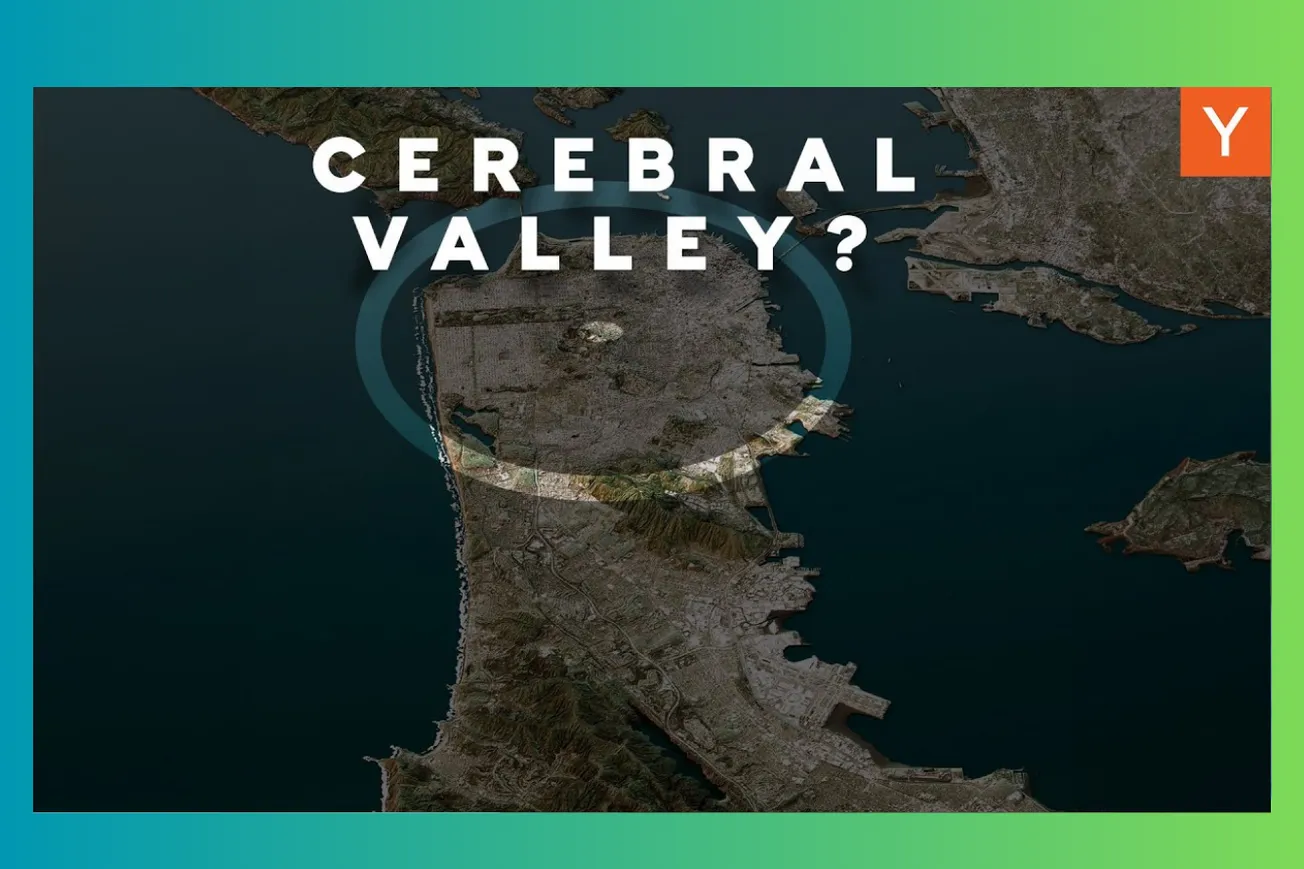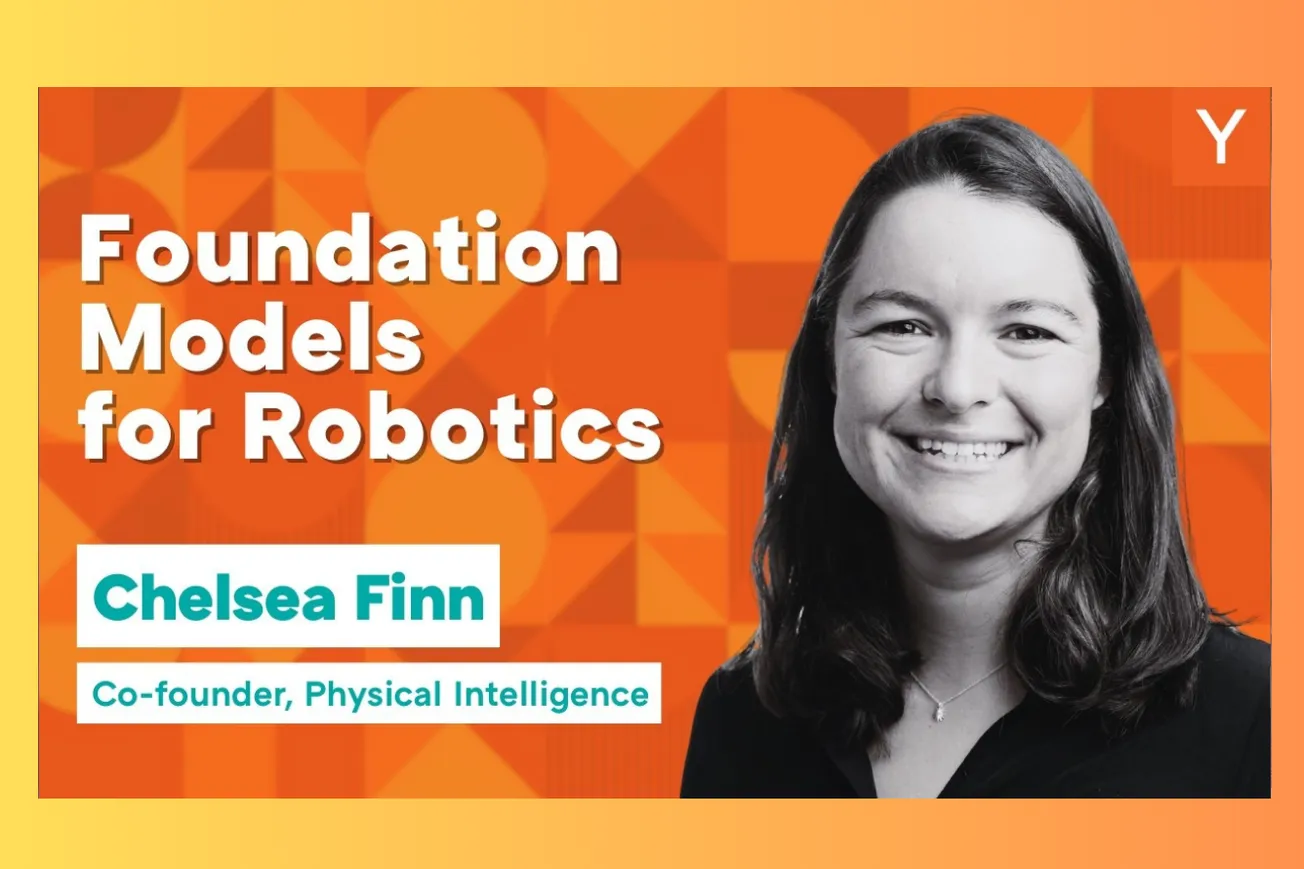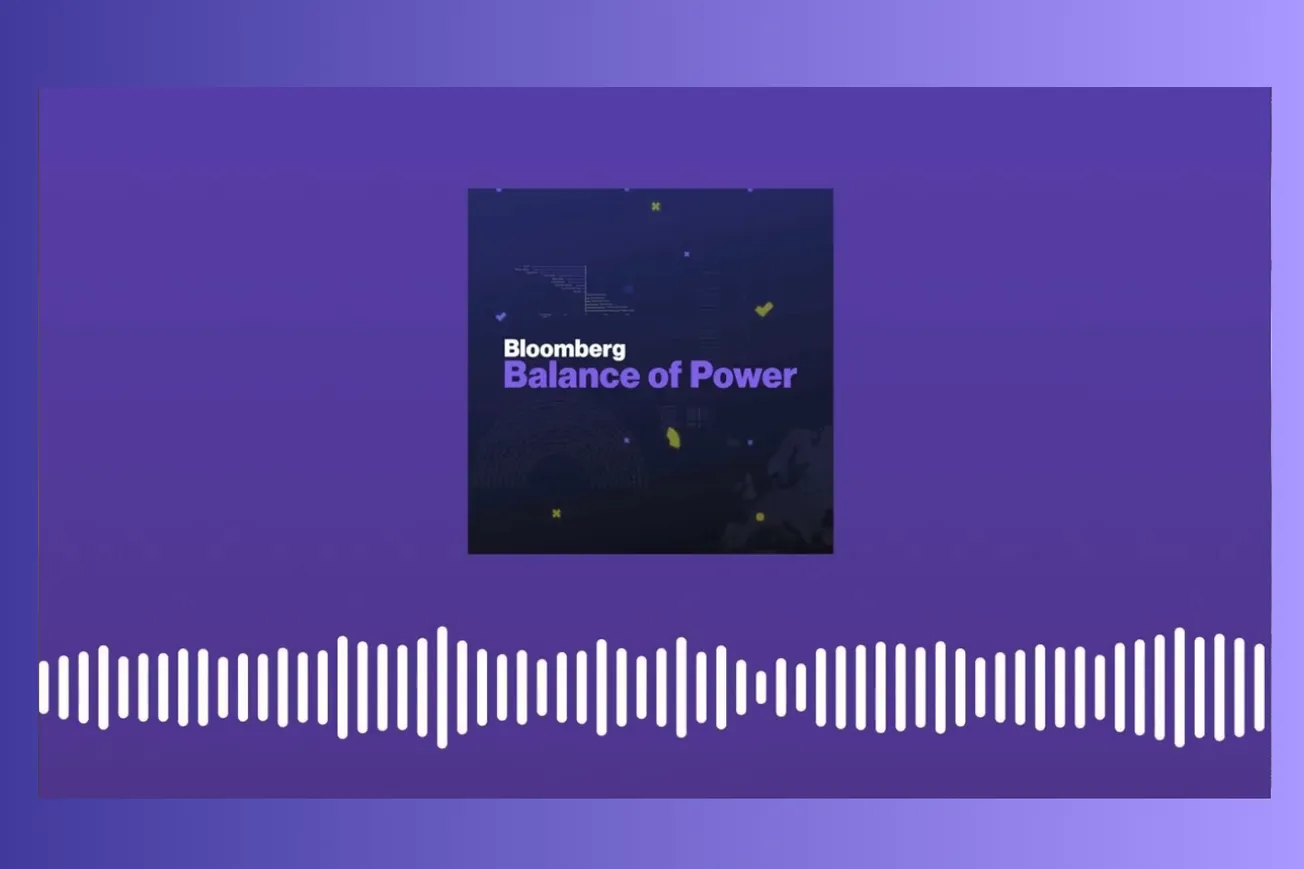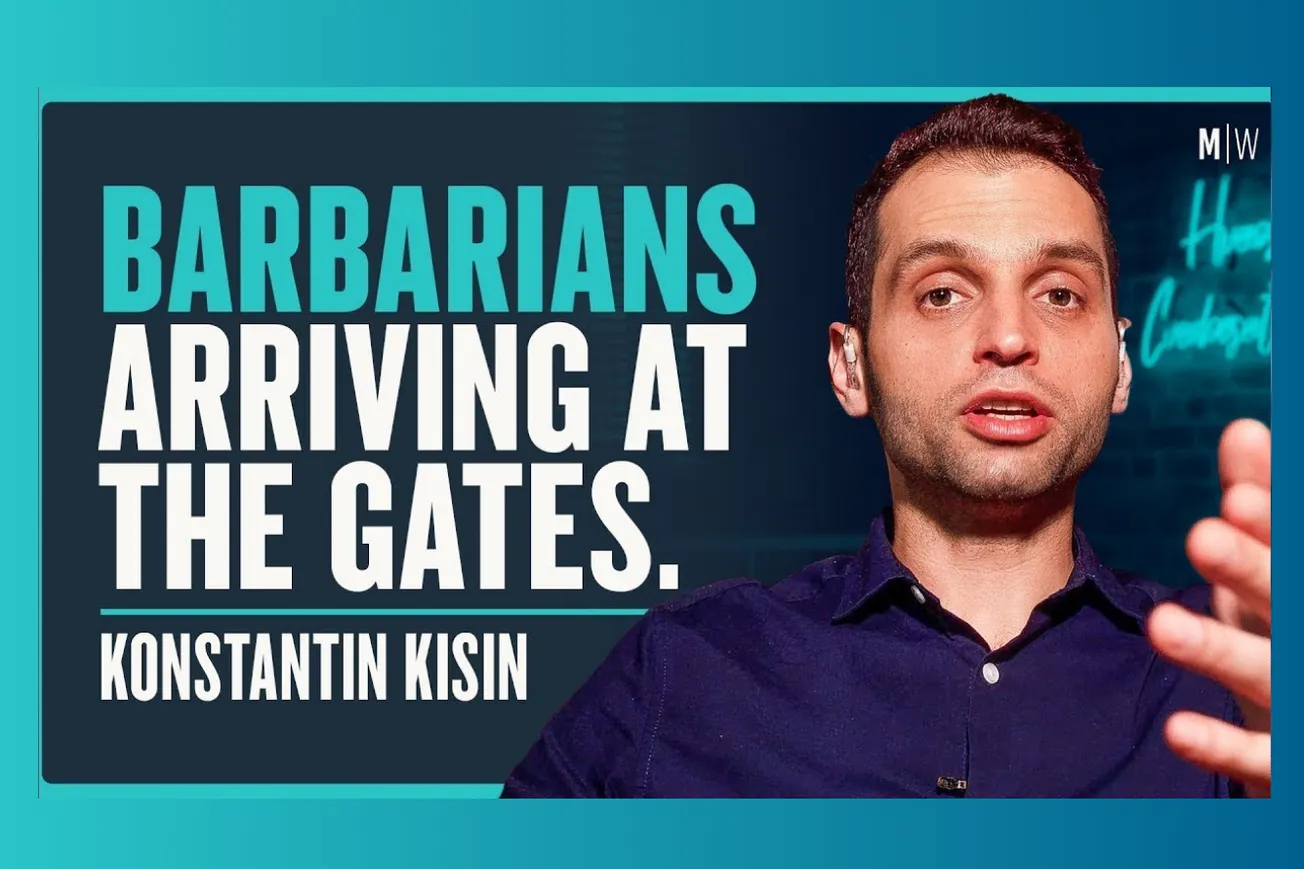Table of Contents
YC partners reveal how San Francisco transformed from COVID ghost town to AI capital of the world, as founders from every continent flock to specific neighborhoods to build the future of artificial intelligence.
Discover why proximity still matters in the remote work era, which neighborhoods serious founders choose, and how San Francisco manufactures luck for ambitious builders.
Key Takeaways
- San Francisco evolved from dot-com crash ghost town to Web 2.0 boom center through YC companies like Stripe, Airbnb, and Dropbox moving from South Bay suburbs to urban neighborhoods
- The legendary "Y Scraper" building in North Beach housed dozens of YC companies including Dropbox, Scribd, and Weebly, creating concentrated founder community effects that accelerated company building
- AI renaissance post-ChatGPT brought all major AI companies (OpenAI, Anthropic, Scale AI) back to San Francisco, proving the city's network effects remain stronger than distributed remote work trends
- "Cerebral Valley" represents specific neighborhoods like Hayes Valley, Mission Bay, and Dogpatch where AI founders cluster, not the problematic downtown Soma area many avoid
- Proximity creates "manufactured luck"—random encounters with angel investors like Ron Conway during lunch breaks lead to immediate customer introductions and business development opportunities
- YC moved its headquarters to Dogpatch specifically to anchor founder community within one mile radius, recognizing that Friday night socializing builds lifelong relationships and business partnerships
- International founders initially fear San Francisco based on social media negativity but find the right neighborhoods safe and energizing compared to their home countries' startup scenes
- Being surrounded by other ambitious builders prevents the social pressure and judgment that founders face in traditional career-focused environments outside Silicon Valley
- The culture celebrates long-term ambition over short-term status games, creating environments where decade-long company building efforts receive community support rather than skepticism
Timeline Overview
- 00:00–01:50 — Introduction: Setting up discussion of San Francisco's evolution as AI center and founder migration patterns
- 01:50–04:22 — Historical context: Dot-com crash aftermath, Web 2.0 revival, and shift from South Bay suburbs to urban San Francisco
- 04:22–07:51 — YC's geographic impact: How YC companies drove the migration from Palo Alto/Mountain View to San Francisco neighborhoods
- 07:51–10:06 — Y Scraper legend: The North Beach building that housed dozens of YC companies and created founder community concentration
- 10:06–14:38 — Community effects: Personal stories of being around Twitter's launch and how proximity to successful companies energizes founders
- 14:38–17:19 — Culture of ambition: Why San Francisco celebrates startup building while other cities judge non-traditional career choices
- 17:19–19:18 — COVID impact: How remote work enabled exodus and created "Gotham City" perception of San Francisco
- 19:18–20:05 — AI renaissance: ChatGPT launch bringing all major AI companies back to San Francisco despite distributed work trends
- 20:05–21:43 — Cerebral Valley emergence: Specific neighborhoods where AI founders cluster, distinct from problematic downtown areas
- 21:43–25:33 — Neighborhood guide: Practical advice on Mission Bay, Dogpatch, Hayes Valley, and other founder-friendly areas
- 25:33–28:14 — YC proximity strategy: Why YC requires founders within one mile of headquarters and how Friday socializing builds lifelong networks
- 28:14–30:18 — Real Cerebral Valley: How YC's Dogpatch location and OpenAI's Mission Bay presence create the actual AI founder hub
- 30:18–31:00 — Maximizing success odds: Why proximity and community matter more than ever for startup building despite remote work possibilities
- 31:00–33:05 — Future vision: San Francisco as ultimate techno-optimist city attracting global misfits and builders for abundance creation
From Ghost Town to Gold Rush: San Francisco's Startup Evolution
- San Francisco emerged from the dot-com crash of the late 1990s as a relative ghost town with massive vacancy rates and crashed rents, similar to its current post-COVID recovery pattern. The city's cyclical nature reflects its role as ground zero for technology boom-and-bust cycles.
- The Web 2.0 boom beginning in the mid-2000s dragged San Francisco out of its first "doom loop" through YC companies like Stripe, Airbnb, and Dropbox choosing urban locations over traditional South Bay suburbs. These companies hired employees who filled apartments and rebuilt the local tech economy.
- Before this transformation, serious entrepreneurs faced negative stigma for choosing San Francisco over Palo Alto or Mountain View. Investors genuinely believed San Francisco-based companies indicated founders prioritizing lifestyle over serious business building, reflecting dot-com era perceptions about opportunistic versus committed entrepreneurs.
- The geographical shift from suburbs to city reflected changing founder demographics—younger technical people fresh from college preferred urban environments over family-oriented suburban locations that appealed to older, more established entrepreneurs and investors.
- YC's initial Mountain View location on legendary Pioneer Way positioned the accelerator near Google's headquarters when Google represented the pinnacle of technical innovation and talent attraction. However, the batch companies themselves drove the migration toward San Francisco neighborhoods.
The Y Scraper Phenomenon: Concentrated Founder Community
- The legendary "Y Scraper" building in North Beach became home to dozens of YC companies including Dropbox, Scribd, Weebly, and others, creating unprecedented founder density that accelerated learning and relationship building. This concentration provided natural community effects that individual remote founders couldn't replicate.
- Harj and Gary were rejected from the Y Scraper after the building management saw Harj talking to Justin Kan, who wore his signature head-mounted camera for Justin.tv everywhere. The building's discomfort with Justin's camera led to their application rejection, forcing them to live vicariously through frequent visits.
- The building created serendipitous learning opportunities where founders could observe Dropbox, Scribd, and other successful companies' daily operations firsthand. Proximity enabled real-time learning about successful company building rather than theoretical knowledge from books or conferences.
- Random encounters in building common areas led to valuable advice sharing, partnership discussions, and mutual support during difficult periods. The concentration of founders facing similar challenges created natural peer advisory groups without formal structure.
- This model demonstrated that being around other serious builders dramatically increases success probability through osmosis effects, shared knowledge, and mutual motivation during the inevitable difficult periods of company building.
Twitter Office Energy: How Proximity Creates Magic
- Harj's startup shared office space with Odio, a struggling podcasting company that felt listless with employees working standard 9-to-5 schedules. Within one month of their arrival, Odio launched Twitter, completely transforming the office energy and demonstrating how quickly startup fortunes can change.
- The Twitter launch created magnetic effects where interesting people constantly visited the office, energizing everyone around successful momentum. Being physically present during Twitter's takeoff provided inspiration and motivation that remote observation couldn't match.
- Gary's subsequent startup occupied office space across the hall from Twitter's second location, illustrating how concentrated the tech ecosystem became in downtown and Soma neighborhoods. Founders could travel between any startups in San Francisco within 15 minutes.
- Random street encounters became business development opportunities, like meeting legendary angel investor Ron Conway during lunch breaks who immediately provided customer introductions via email before they returned to the office. This "manufactured luck" requires physical presence in the right locations.
- The density enabled rapid relationship building and business development that would require months of networking in other cities, demonstrating San Francisco's unique ability to accelerate startup building through proximity effects.
Culture of Ambition: Why San Francisco Celebrates Builders
- San Francisco provides refuge for "misfits" who felt judged in traditional environments for obsessing over technical building rather than conventional career advancement. Diana's experience moving from Chile illustrates how Silicon Valley celebrates deep technical interests that other cultures view as antisocial.
- The city creates environments where working 24/7 on startups receives celebration rather than judgment from peers pursuing traditional career paths with vacation time, promotions, and work-life balance. This cultural support proves essential for maintaining motivation during difficult startup periods.
- Young founders face implicit criticism from friends in investment banking, consulting, or big tech jobs who question their decision to forego steady income and conventional success markers. San Francisco surrounds founders with peers making similar sacrifices and commitments.
- The long-term ambition culture differentiates San Francisco from other ambitious cities like New York, where financial success focuses on immediate income rather than decade-long company building projects. Silicon Valley celebrates patient capital and sustained effort over quick returns.
- Paul Graham's essays resonated with many founders because they articulated the experience of being technical "nerds" in high school and default society that values appearance over substance, creating shared identity among people who felt like outsiders before finding their community.
COVID Impact and the Gotham City Perception
- COVID-19 enabled massive exodus from San Francisco as remote work became necessary, allowing people to experience other cities without the problems that made San Francisco feel problematic beneath its tech success veneer. Issues like homelessness and crime became impossible to ignore when presence wasn't mandatory.
- The city developed "Gotham City" reputation on social media and casual conversations, with people expressing sympathy for anyone still living there. The perception became so negative that social media consumption created fear among international founders considering relocation.
- Office vacancy rates and reduced foot traffic created downward spiral effects where remaining residents experienced concentrated urban problems without the diluting effects of normal business activity and population density. Empty neighborhoods amplified existing challenges.
- Multiple cities claimed to be the "next Silicon Valley" during the remote work period, with innovation seemingly becoming distributed across New York, Los Angeles, London, and other tech hubs. The distributed model appeared to be winning over concentrated geographic clustering.
- However, the underlying network effects and infrastructure remained intact, waiting for the right catalyst to bring people back and demonstrate Silicon Valley's continued advantages over distributed alternatives.
AI Renaissance: The ChatGPT Catalyst Effect
- ChatGPT's launch created a complete reset that brought everyone back to San Francisco despite distributed work trends, proving the city's network effects remained stronger than temporary remote work conveniences. The AI wave required concentrated collaboration that remote work couldn't replicate.
- Pre-ChatGPT AI research was countercultural work performed by misfits willing to pursue unfashionable directions during "AI winter" periods when the field seemed like a dead end. The breakthrough required people who knew something others didn't believe yet.
- All major AI companies—OpenAI, Anthropic, Scale AI, and big tech AI research labs—concentrated in the Bay Area rather than distributing globally. This clustering wasn't coincidental but reflected the necessity of in-person collaboration for cutting-edge AI development.
- The AI boom vindicated San Francisco's network effects over distributed innovation models, demonstrating that breakthrough technology still requires geographic concentration despite improved remote collaboration tools. The most important innovations happen through proximity and serendipitous encounters.
- The fact that San Francisco recovered from its worst period to become the AI capital again provides evidence of how strong the underlying clustering advantages remain for serious technology development.
Cerebral Valley: The Real AI Neighborhoods
- "Cerebral Valley" originated as a play on Hayes Valley where one hacker house became the most happening place during San Francisco's dead period. However, the real AI founder concentration now spans Mission Bay, Dogpatch, and other neighborhoods rather than just Hayes Valley.
- YC's new Dogpatch headquarters and OpenAI's Mission Bay location create the actual center of AI activity, with founders clustering within walking distance rather than downtown Soma areas that remain problematic. Geography matters for accessing the right community and avoiding urban challenges.
- The neighborhoods provide very different experiences from downtown San Francisco, offering safety, community atmosphere, and proximity to where serious AI companies are building. International founders often discover these areas are more pleasant than their home country startup scenes.
- Mission Bay represents brand new development with modern infrastructure, while Dogpatch offers historical character with the former Navy shipyard that built one-third of the US fleet during World Wars I and II. These areas provide both symbolism and practical advantages.
- YC advises founders to avoid defaulting to Soma or downtown areas, instead exploring neighborhoods that offer authentic San Francisco experiences without the problems that create negative city impressions.
YC's Strategic Dogpatch Move: Anchoring Founder Community
- YC deliberately moved from South Bay to Dogpatch to anchor founder community within one mile of headquarters, recognizing that Friday night socializing after 80-90 hour work weeks builds the lifelong relationships that sustain founder networks throughout their careers.
- The former PowerHouse at Pier 70 provides symbolic significance as the energy source for Navy shipyards, representing power generation that YC hopes to recreate for startup building. The historical resonance reinforces the vision of concentrated founder energy creation.
- YC's 100,000+ square foot space enables multiple simultaneous events while maintaining intimate community atmosphere. The scale allows for growth while preserving the close-knit culture that makes founder relationships meaningful rather than transactional.
- The proximity requirement isn't arbitrary—founders working maximum hours need easy access to community events that provide stress relief and relationship building during their most intense building periods. Geographic convenience enables sustained community participation.
- Gary's wedding example illustrates the long-term relationship effects: two full tables of YC friends alongside Stanford friends demonstrates how batch communities create lasting personal networks that extend far beyond professional collaboration.
Maximizing Success Odds: Why Proximity Still Matters
- Building companies outside San Francisco remains possible with increasing exceptions over time, but maximizing success probability requires being in the place with the highest concentration of resources, talent, and community support for startup building.
- AI developer tools and enterprise software particularly benefit from San Francisco presence because early adopters and champions willing to take risks on cutting-edge startup technology concentrate in the Bay Area. Customer development requires proximity to lead users.
- The "manufactured luck" concept reflects how random encounters with investors, customers, and advisors happen more frequently in environments with high density of relevant people. Serendipitous meetings can't be scheduled but can be made more probable through location choice.
- International founders initially worry about safety and cost based on social media consumption, but direct experience in the right neighborhoods usually exceeds expectations. The key involves choosing locations where other serious founders concentrate rather than defaulting to tourist-oriented areas.
- YC maintains founder maps showing current batch locations with clear center of gravity around their Dogpatch office, demonstrating that successful founders self-select into proximity despite having location flexibility from remote work trends.
The Techno-Optimist Vision: San Francisco as Global Builder Hub
- The long-term vision positions San Francisco as the ultimate destination for global "misfits, nerds, and autists" who possess unique capabilities to create previously impossible technology that touches billions of people worldwide. The city becomes a magnet for extraordinary builders.
- Successful agglomeration effects could create positive feedback loops where returning wealth from breakthrough companies improves schools, housing, arts, and urban infrastructure, making San Francisco genuinely the world's best city rather than just the startup capital.
- The Star Trek reference to Starfleet Command in San Francisco's Presidio represents the techno-optimist dream of unlocking abundance that eliminates scarcity and enables human exploration of meaning beyond survival. This vision guides current city development decisions.
- Concentration of the world's best builders in one location could accelerate technology development across software, hardware, biotech, and climate tech that creates wealth returns to continuously improve the city infrastructure and quality of life for residents.
- The "boom loop" represents the opposite of doom loops—positive reinforcement cycles where success attracts more talent, which creates more success, generating resources that improve the environment for the next generation of builders.
Common Questions
Q: Which San Francisco neighborhoods should new founders target?
A: Mission Bay, Dogpatch, Hayes Valley, Mission Dolores, Noe Valley, and Glen Park offer safety and community. Avoid defaulting to Soma or downtown areas.
Q: How important is physical proximity for AI startups in the remote work era?
A: Critical for customer development, talent recruitment, and serendipitous encounters. All major AI companies concentrated in Bay Area despite distributed work trends.
Q: What makes San Francisco different from other ambitious cities like New York?
A: Long-term ambition culture celebrating decade-long company building versus short-term financial success focus, plus concentrated startup expertise and resources.
Q: How do international founders overcome safety concerns about moving to San Francisco?
A: Choose the right neighborhoods where other founders live, avoid problematic downtown areas, and focus on community rather than social media narratives.
Q: Why did YC move from South Bay to San Francisco?
A: To anchor founder community and enable easier access to Friday socializing that builds lifelong relationships, recognizing proximity creates better outcomes for batch companies.
Conclusion
San Francisco's evolution from COVID ghost town to AI capital demonstrates the enduring power of geographic clustering for breakthrough technology development. Despite predictions that remote work would permanently distribute innovation, the world's best AI founders chose to concentrate in specific San Francisco neighborhoods, proving that proximity still matters for cutting-edge company building.
The "Cerebral Valley" phenomenon represents more than just AI hype—it reflects fundamental advantages that emerge when ambitious builders cluster together. Random encounters become business opportunities, energy from successful companies spreads to neighbors, and the culture celebrates long-term ambition over short-term status games that dominate other cities.
For founders considering relocation, the evidence strongly favors maximizing proximity to other serious builders rather than optimizing for cost, convenience, or personal preferences. The city manufactures luck through density effects that can't be replicated through remote collaboration, no matter how sophisticated the tools become.
The practical implications for current and aspiring founders are clear:
- Choose neighborhoods strategically: Mission Bay, Dogpatch, and Hayes Valley offer founder community without downtown problems
- Prioritize proximity to other builders: Being within one mile of YC and other founder concentrations creates serendipitous opportunities
- Embrace the misfit community: San Francisco celebrates technical obsession and startup building that other cities judge or dismiss
- Focus on long-term ambition: The culture supports decade-long company building efforts rather than demanding immediate conventional success
- Manufacture luck through location: Random encounters with investors, customers, and advisors happen more frequently in high-density startup areas
- Build lifelong relationships: Friday night socializing and community events create networks that persist throughout entire careers
- Ignore social media negativity: Direct experience in founder neighborhoods usually exceeds expectations based on online criticism
The broader vision extends beyond individual company success to creating positive feedback loops where technological breakthroughs generate wealth that improves urban infrastructure, attracts more talent, and accelerates the next generation of innovation. San Francisco's potential as the world's best city depends on successfully executing this "boom loop" rather than falling back into doom spiral patterns.
For the global community of technical misfits and ambitious builders, San Francisco offers something unavailable anywhere else: concentrated environments where extraordinary becomes normal, where decade-long commitments receive celebration rather than skepticism, and where proximity to other exceptional builders creates compound effects that dramatically increase success probability.





